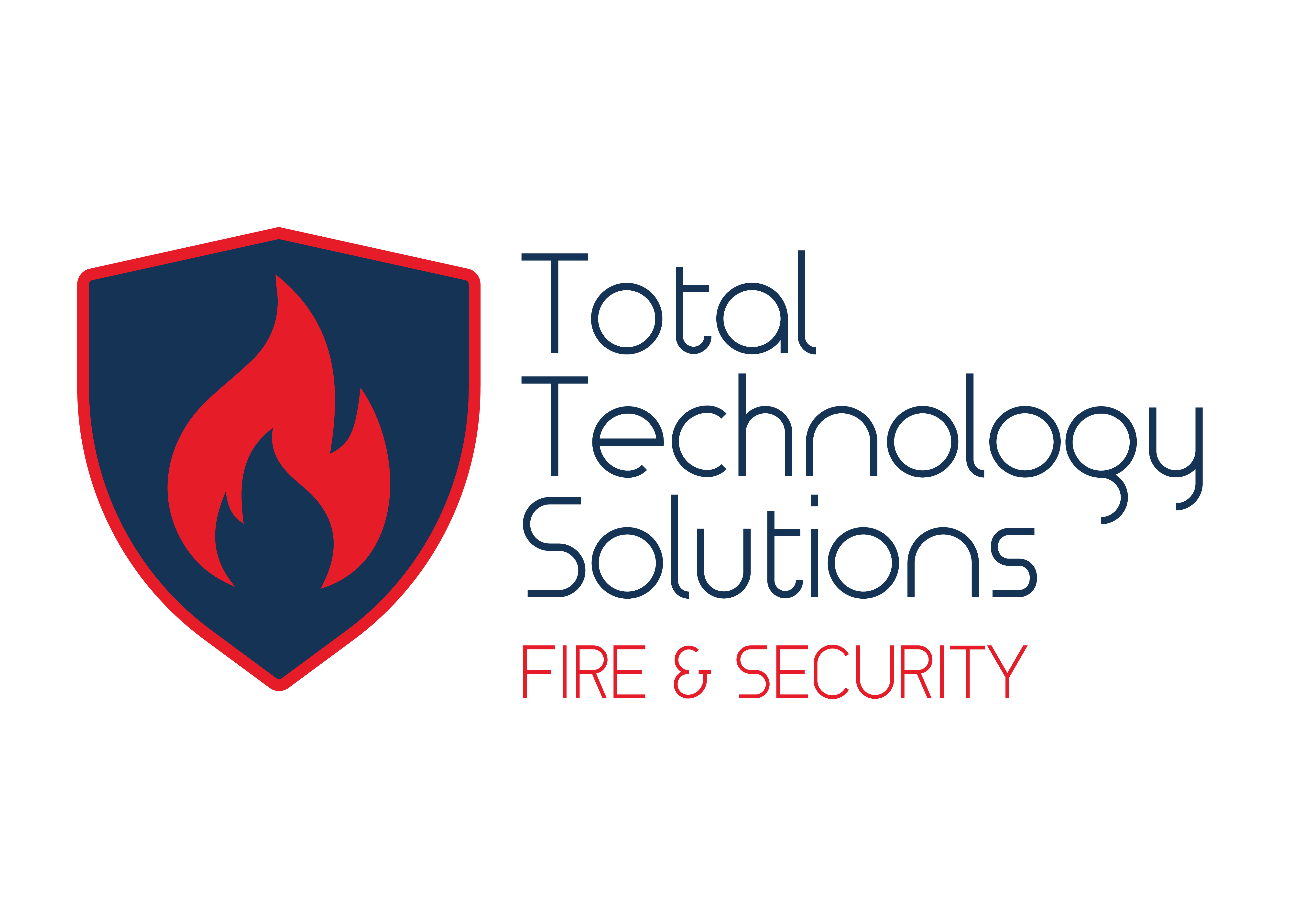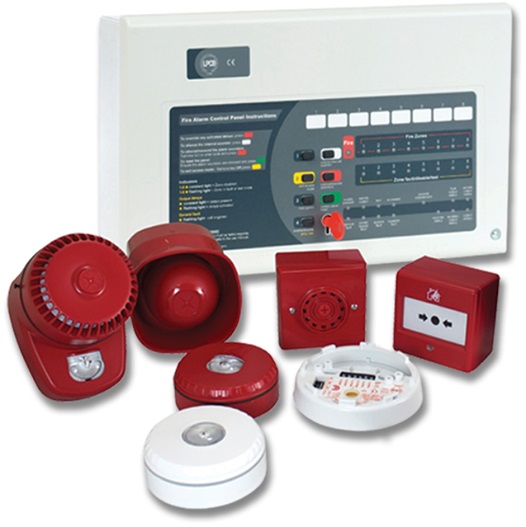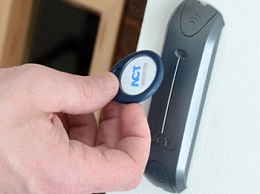TTS offers a complete design, installation, commissioning and maintenance service of commercial fire alarm systems. This ranges from 2 zone conventional fire alarm systems to larger addressable systems. TTS can provide replacement parts for any existing system and can provide the necessary system maintenance to comply with current Irish fire regulations.
Our risk assessment will inform the client what system is the most appropriate for a particular building. The standards I.S. 3218:2024provide a classification of fire alarms that is devised based on the level of protection required.
TTS addresses the risk of fire through the installation of the most reliable fire detection systems available.
Conforming with fire standards regulations is non-negotiable and non-compliance can lead to severe penalties by local fire authorities. TTS offer the industry knowledge and experience to ensure each client full compliance with current regulations and will issue the relevant documents upon completion of the installation/maintenance.
If your fire alarm is not covered by a maintenance contract, it does not comply with current I.S. 3218:2024 standards. This standard recommends that your fire alarm system is serviced at least once a year dependant on the size and age of the system.
The standards apply if :
- Responsible for business premises
- An employer with business premises
- Responsible for a part of a dwelling where that part is solely used for business purposes
- A charity or voluntary organisation
- A contractor with a degree of control over any premises
- Providing accommodation for paying guests
There are two main types of Fire Alarm Systems
- Conventional Fire Systems
- Addressable Fire Systems
Conventional Fire Alarm System
A conventional fire alarm system comprises of one or more Dectector circuits, connected to sensors (initiating devices) wired in parallel. These sensors are devised to decrease the circuits resistance when the environmental influence on any sensor exceeds a predetermined threshold. In a conventional system the information density is limited to the number of such circuits used. At times, a floor plan of the building is often placed near the main entrance with the defined zones drawn up, and LEDs indicating whether a particular circuit/zone has been activated. Another common method is to have the different zones listed in a column, with an LED to the left of each zone name.
The main drawback with conventional panels is that one cannot tell which device has been activated within a circuit. The fire may be in one small room, but as far as emergency responders can tell, a fire could exist anywhere within a zone. The same applies to coded panels, which nowadays are no longer made, but can be found in old systems.
ADVANTAGES OF CONVENTIONAL FIRE ALARM SYSTEMS:
- Cost effective for small applications.
(Note: The larger the system the less competitive the price mainly due to higher installation costs.)
DISADVANTAGES OF CONVENTIONAL FIRE ALARM SYSTEMS:
- Cost, not competitively priced for larger systems.
- Detection of smoke or a fire is done by zone, which could be multiple areas rather than specifying a specific location. This could delay emergency responders from locating the fire.
- Conventional panels are often called “dumb” panels because of the inability to provide detail information, such as…
Device locations.
No details on event history.
No internet connection for notification of alarm/trouble/supervisory events.
Addressable Fire Alarm System
Addressable fire alarm panels are usually much more advanced than their conventional counterparts, with a higher degree of programming flexibility and single point detection. Addressable fire alarm panels were introduced by many manufacturers during the microcontroller boom in the mid 1980s.
Intelligent fire alarm systemsare designed for flexibility through custom programming specific to each application. Dedicated outputs are logically controlled by inputs based on the programming matrix written. They are capable of supporting multipleSignal Line Circuits (SLC)where each device on the SLC is assigned a unique identification called an address. In most cases the number of devices on an SLC can range from one to several hundred and vary in number of detectors and modules combined. Each device constantly communicates with the control panel through microprocessor technology to report its status on the SLC. Within seconds, alarms, supervisory and trouble conditions are alerted to the control panel and a precise location of the event is displayed.
ADVANTAGES OF INTELLIGENT FIRE ALARM SYSTEM:
- Cost effective for larger applications.
- The location of a fire condition is detected and recorded at each individual device, identifying exactly where the fire is occurring. This will improve response time for emergency responders.
- Lower ongoing service cost, because when a device goes into trouble (i.e. needs cleaning, repair or replacement), the panel will tell you the exact location of the device needing service.
- Online capabilities: New intelligent panels have the capability to provide detailed online notification of alarm/trouble/supervisory events.
DISADVANTAGES OF ADDRESSABLE FIRE ALARM SYSTEM:
- Cost, not as competitively priced for smaller applications.
- Typically with an intelligent panel, your peripheral devices (i.e.smoke detectors, etc…) tend to be more expensive than
- This panel is computer like and at times there maybe issues caused by the firmware (panel software). However, this is not common and the advantages of intelligent panel far outweigh any of these firmware issues.








